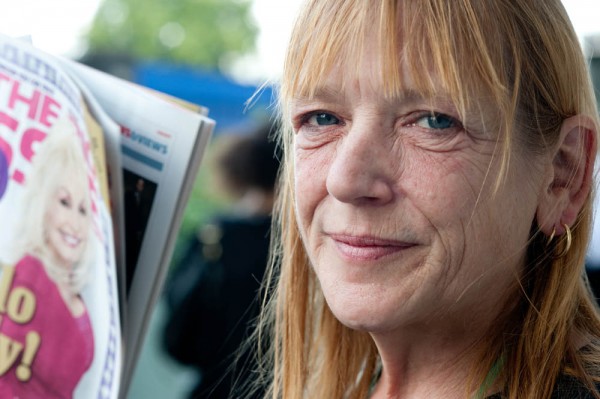The women the statistics are missing (includes audio)
As part of this project I’m working with outreach teams to look at the lives of women sleeping rough on London’s streets. So far I’ve been out on an early morning and two night shifts. The teams follow up on referrals or go to places where they’ve seen homeless people sleeping before. We were looking in bin cupboards, disused rubbish-strewn carparks, stairwells, electricity cupboards, doorways and under bridges.
Before I first went out I had conversations with people about the kinds of places rough sleepers are found. So I thought I was ready (as ready as you can be) to be looking into damp, dark, dirty rubbish bin cupboards and elsewhere. But the reality of seeing where people are having to resort to sleeping left me completely cold.
We only found two women, but saw up to 20 men across these three trips which backs up the stats that just 11% of London’s rough sleepers are women. Yet the stories I am hearing from women who are, or have been, homeless suggests that there are many more women out there.
I spoke to Hazel who slept rough for three and a half years. I was introduced to her through the Sock Mob, a volunteer network working with homeless people in London (have a read on their site). She lives independently now, but still has a close connection with men and women who are sleeping rough. Each day after Hazel’s finished selling the Big Issue she spends time talking and listening. She speaks passionately about the issues facing the city’s homeless people.

The story of Hazel finally getting rehoused is for another blog post, but she was not picked up by outreach teams throughout the time she spent ‘on the streets’. You have to be seen sleeping rough for outreach teams to be able to help you, but as you will hear in the clip below (by Hazel), this system isn’t working for a lot of women who look for any option to avoid sleeping out where they will be visible.
As women continue to find alternative places to sleep, they remain hidden from view where outreach and services can’t reach them. But, as Hazel explained, the risks of sleeping out (the only option if they are to be found by outreach teams) are just too high. So how can services start to reach these women?
